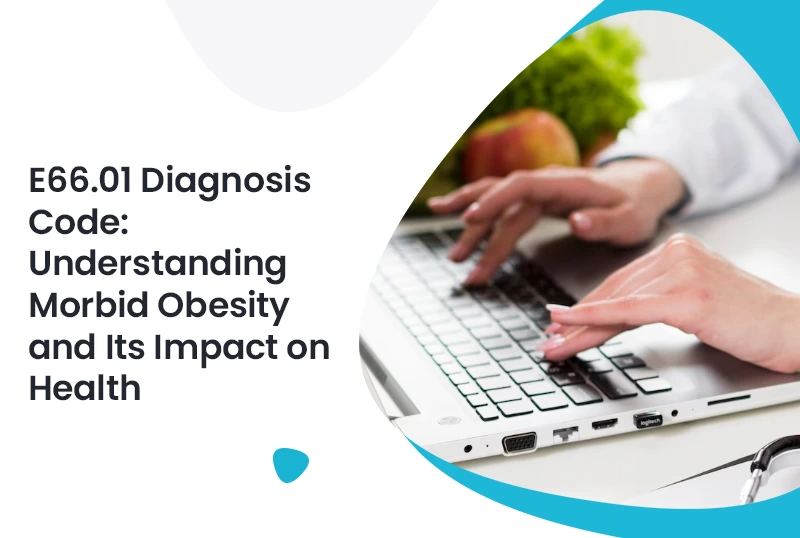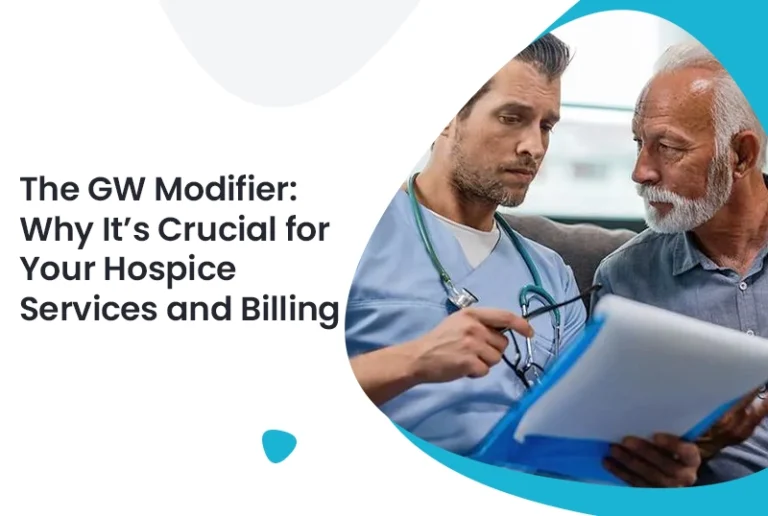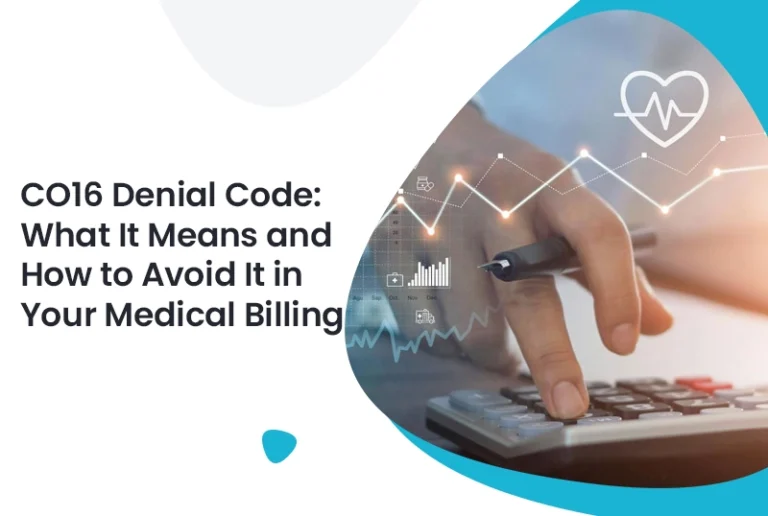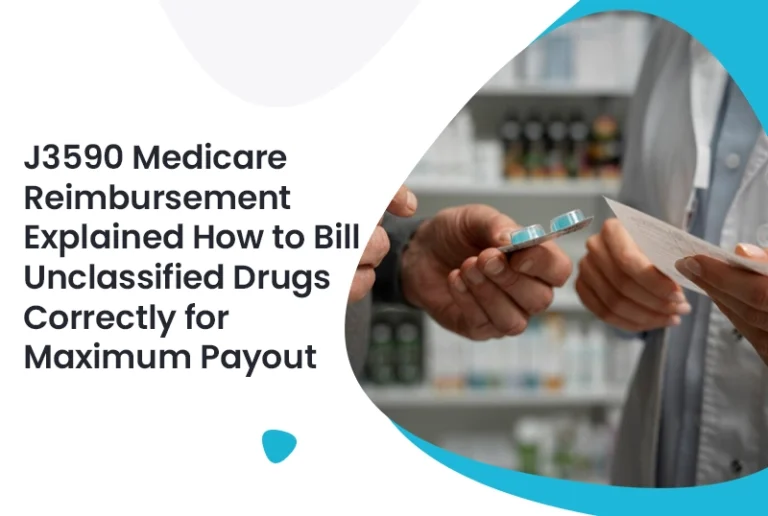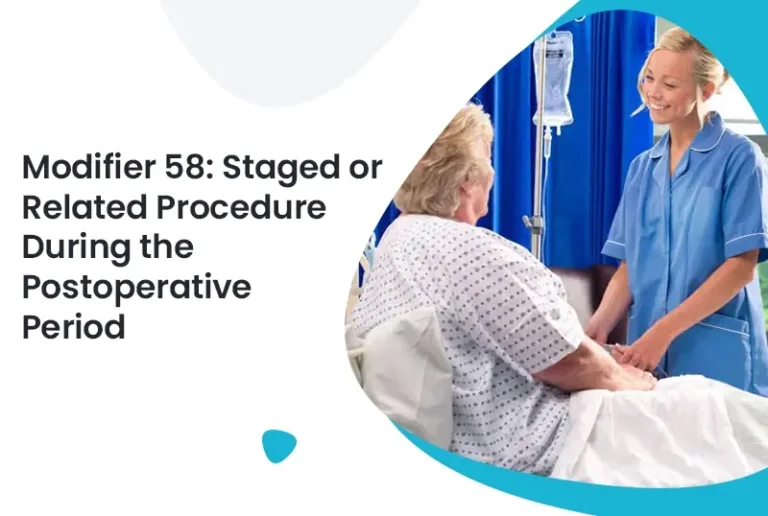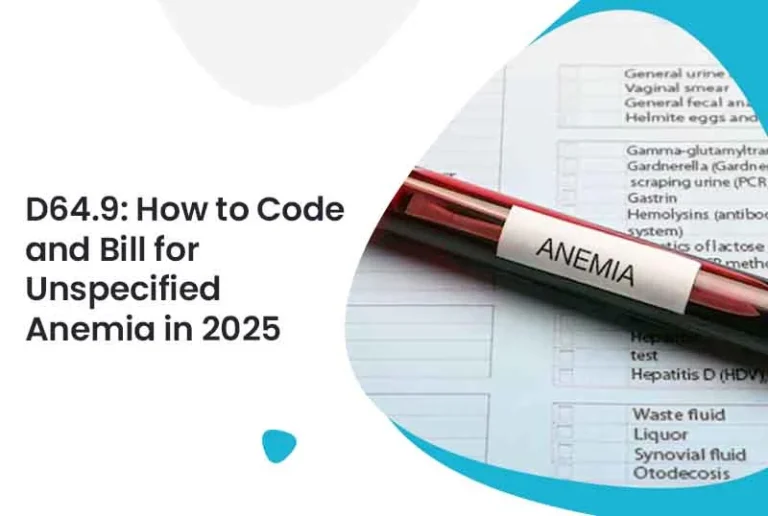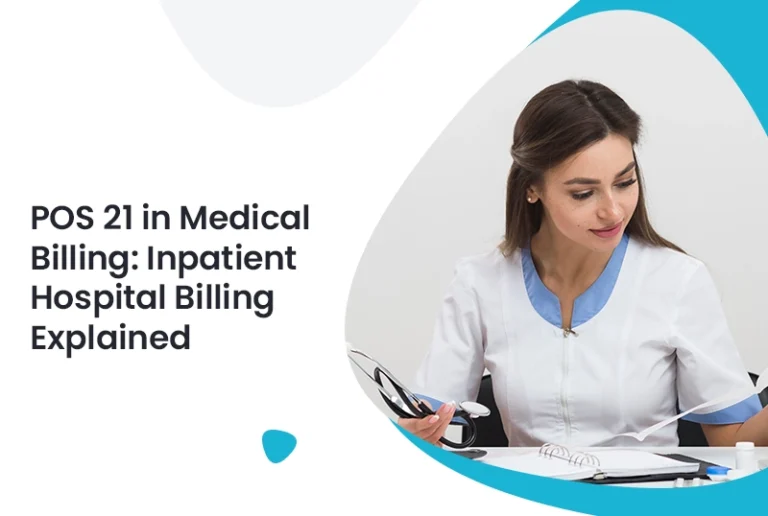The E66.01 diagnosis code is a significant classification within the ICD-10 system used specifically for morbid obesity. This condition is far more than just carrying extra weight, it poses serious health risks such as heart disease, type 2 diabetes, and sleep apnea. Correctly using this diagnosis code is important not only for accurate clinical documentation but also for proper medical billing and insurance reimbursement.
For healthcare providers, especially small practices, partnering with experienced medical billing services is necessary to confirm that the E66.01 code is applied correctly. Accurate documentation supports effective treatment planning and helps secure timely compensation from insurance companies, which in turn keeps your practice financially healthy while prioritizing patient care.
Why the E66.01 Diagnosis Code Is Important: Key Benefits for Healthcare Providers and Patients
Using the E66.01 diagnosis code properly offers several important benefits:
- Accurate Diagnosis: It ensures that morbid obesity is identified, allowing providers to tailor treatment plans effectively.
- Efficient Billing: Correct coding streamlines the billing process, reducing errors and claim rejections.
- Insurance Reimbursement: Proper use of the code increases the likelihood that treatments will be covered by insurance, reducing financial burdens on patients.
Proper use of this code is essential for documenting the severity of morbid obesity. For healthcare providers, it reduces administrative headaches and claim denials. For patients, it means better access to necessary treatments without unexpected costs.
Common Mistakes in Using the E66.01 Diagnosis Code
Despite its importance, the E66.01 code is often misused. Some common errors include:
- Incorrect Code Application: Applying E66.01 to general obesity rather than morbid obesity leads to billing inaccuracies.
- Insufficient Documentation: Without detailed medical records showing BMI, comorbidities, and treatment plans, insurance claims may be denied.
- Not Verifying Insurance Coverage: Failing to confirm if a patient’s insurance covers morbid obesity treatment can cause unexpected out-of-pocket expenses.
Step-by-Step Guide for Billing with the E66.01 Diagnosis Code
To avoid these pitfalls, follow this process:
- Confirm Diagnosis: Use BMI measurements and clinical evaluation to confirm morbid obesity. The E66.01 code applies to patients with a BMI of 40 or higher without complications.
- Document Thoroughly: Record all relevant medical history, including related conditions like hypertension or diabetes, to support the diagnosis.
- Verify Insurance Coverage: Contact the patient’s insurer to ensure morbid obesity treatments are covered and obtain prior authorizations if necessary.
- Submit Claims Promptly: Timely claim submission reduces delays and improves cash flow.
- Follow Up on Denials: If a claim is denied, review documentation and resubmit with corrections quickly.
Billing and Coding for Morbid Obesity Treatment
Accurate medical billing and coding are the backbone of successful reimbursement. When the E66.01 code is used correctly, claims are processed faster, and communication with insurance companies is clearer. This leads to quicker payments, which helps maintain your practice’s financial health.
Real-Life Example: How Correct Coding Improved Practice Revenue
Dr. Smith, a primary care physician in a small town, struggled with frequent claim denials related to obesity treatments. After working with a specialized medical billing service, his practice implemented strict documentation standards and ensured the correct use of the E66.01 code. Within six months, claim denials dropped by 40%, and reimbursements were received more promptly. This allowed Dr. Smith to reinvest in patient care and expand his obesity management program.
Streamlining Billing with Effective Financial Process Management
Optimizing your revenue cycle means managing every step from diagnosis to payment efficiently. Key elements include:
- Timely Claims Submission: Avoid delays by submitting claims as soon as possible.
- Accurate Documentation: Ensure all records support the diagnosis and treatment.
- Efficient Follow-Up: Quickly address any denials or requests for additional information.
When done right, revenue cycle management healthcare reduces administrative burdens and ensures your practice remains financially stable.
The Role of Credentialing Services in Obesity Treatment
Proper medical credentialing services are essential for healthcare providers treating morbid obesity. Credentialing confirms that providers meet the necessary qualifications and gain approval from insurance companies to offer and bill for these treatments. This process builds trust with payers and reduces reimbursement delays.
Conclusion: Why the E66.01 Diagnosis Code Is Essential in Obesity Treatment
The E66.01 diagnosis code is more than just a billing tool—it’s a crucial part of managing morbid obesity effectively. Correct usage supports accurate diagnosis, smooth billing, and timely insurance reimbursement. By leveraging expert medical billing services, verifying insurance coverage, and maintaining proper credentialing, healthcare providers can deliver high-quality care while ensuring their practice’s financial health.
FAQs
Q1: What does the E66.01 diagnosis code represent?
It identifies morbid obesity, typically defined as a BMI of 40 or higher, without complications.
Q2: Why is accurate coding important for morbid obesity?
Accurate coding ensures proper treatment coverage and reduces claim denials.
Q3: What documentation is needed for E66.01?
Document detailed patient history, BMI records, and comorbidities for E66.01.
Q4: How can revenue cycle management improve billing?
It streamlines claims submission and follow-up, speeding up reimbursements.
Q5: What is the benefit of medical credentialing services?
Credentialing authorizes providers to bill insurers, facilitating smoother payments.

